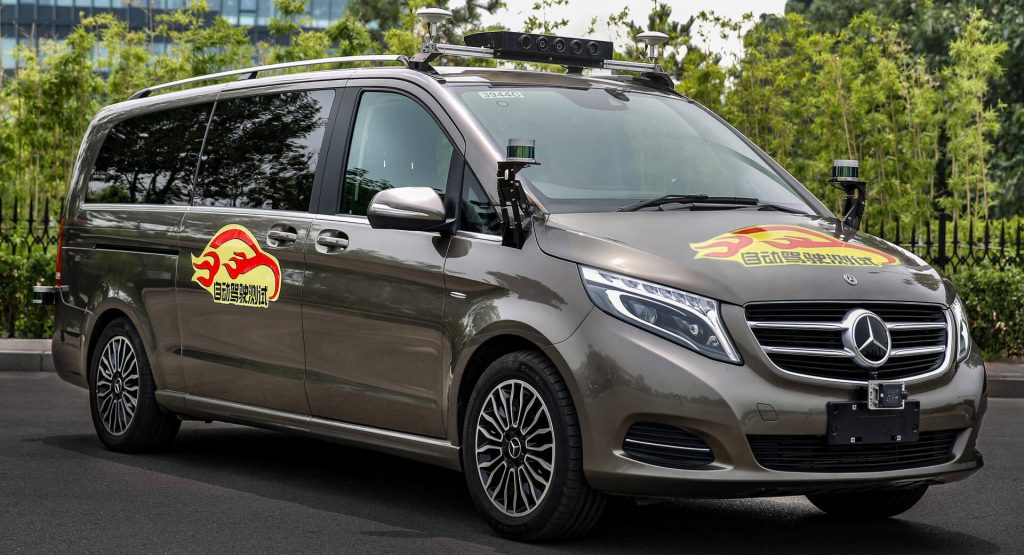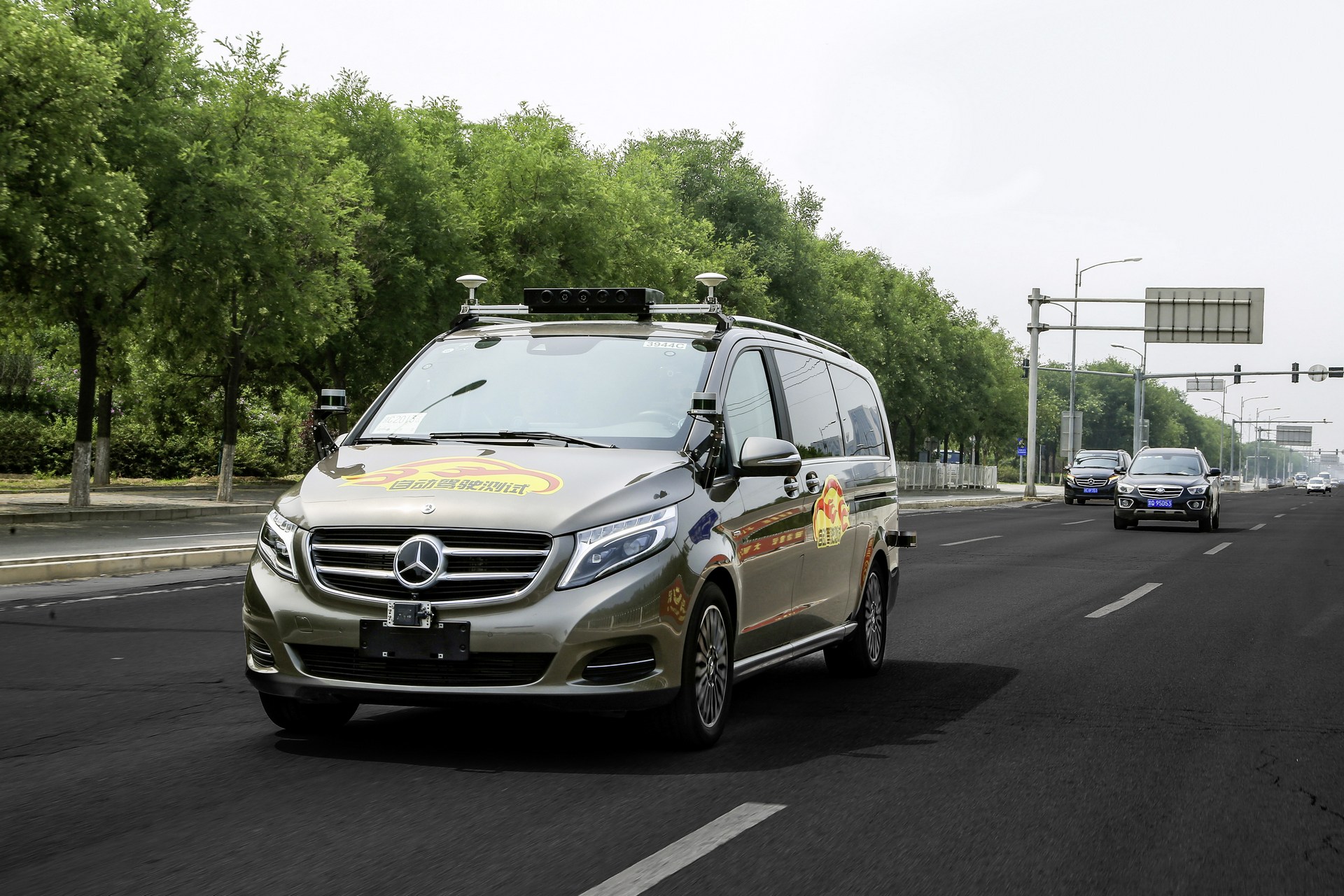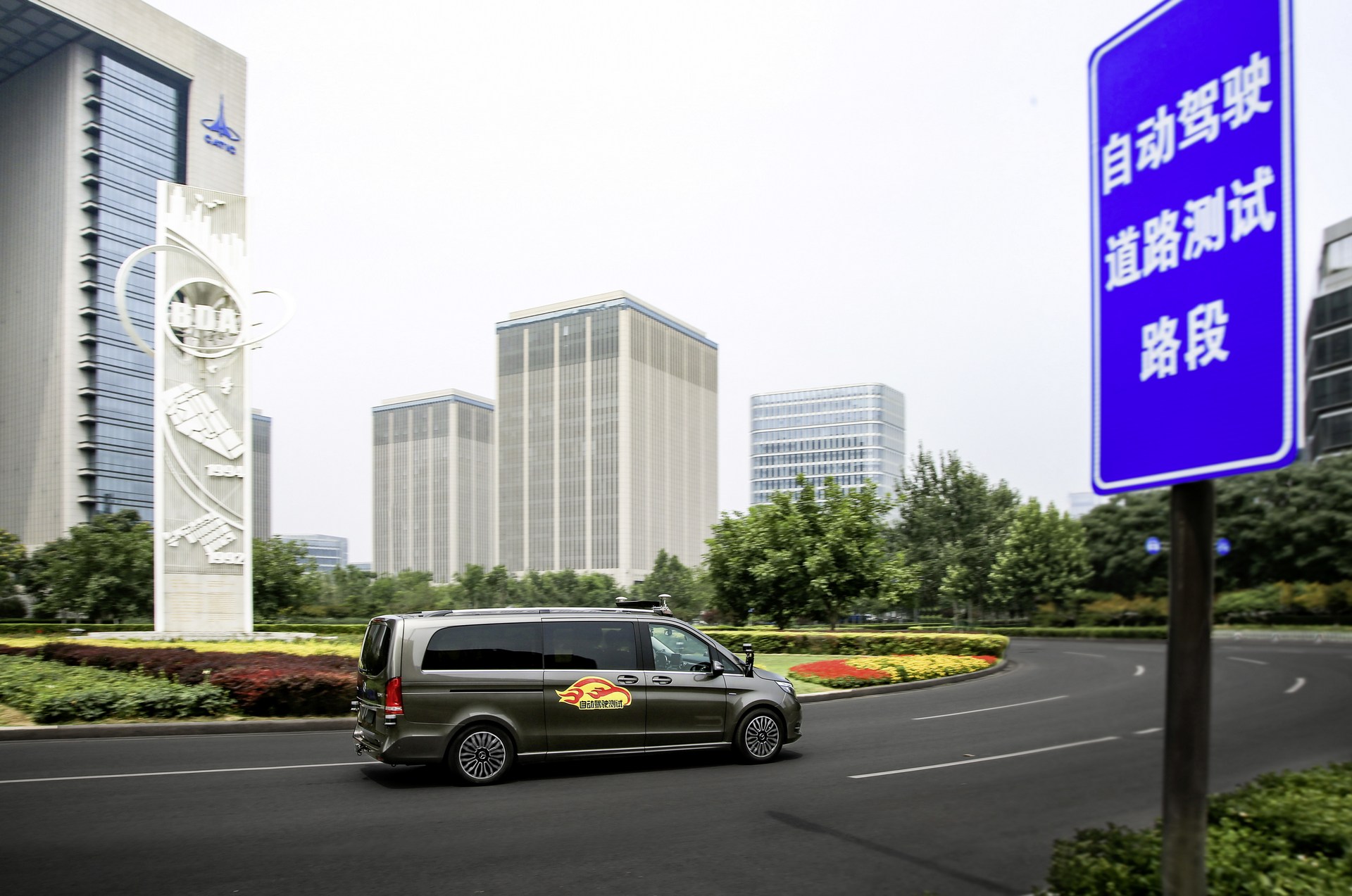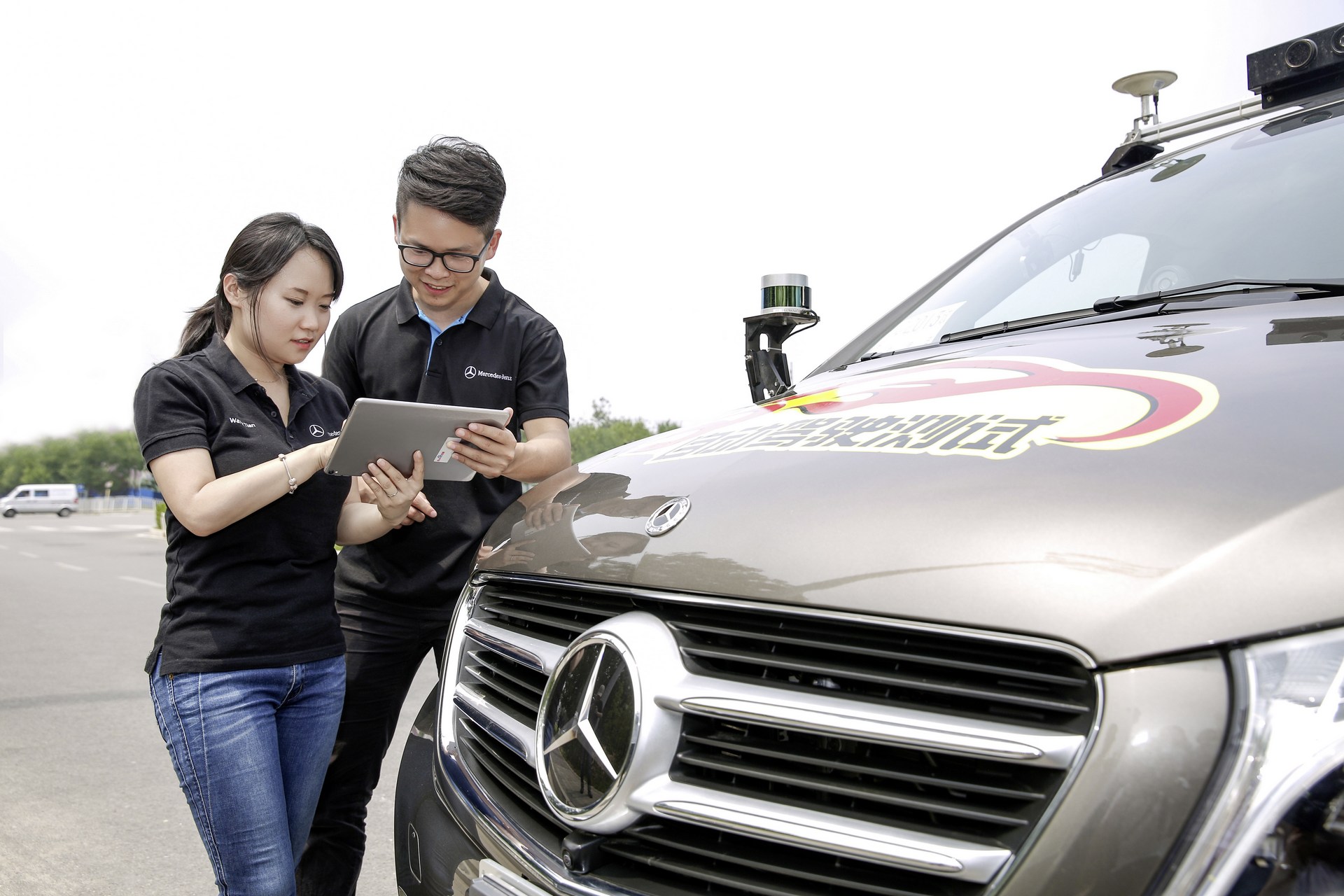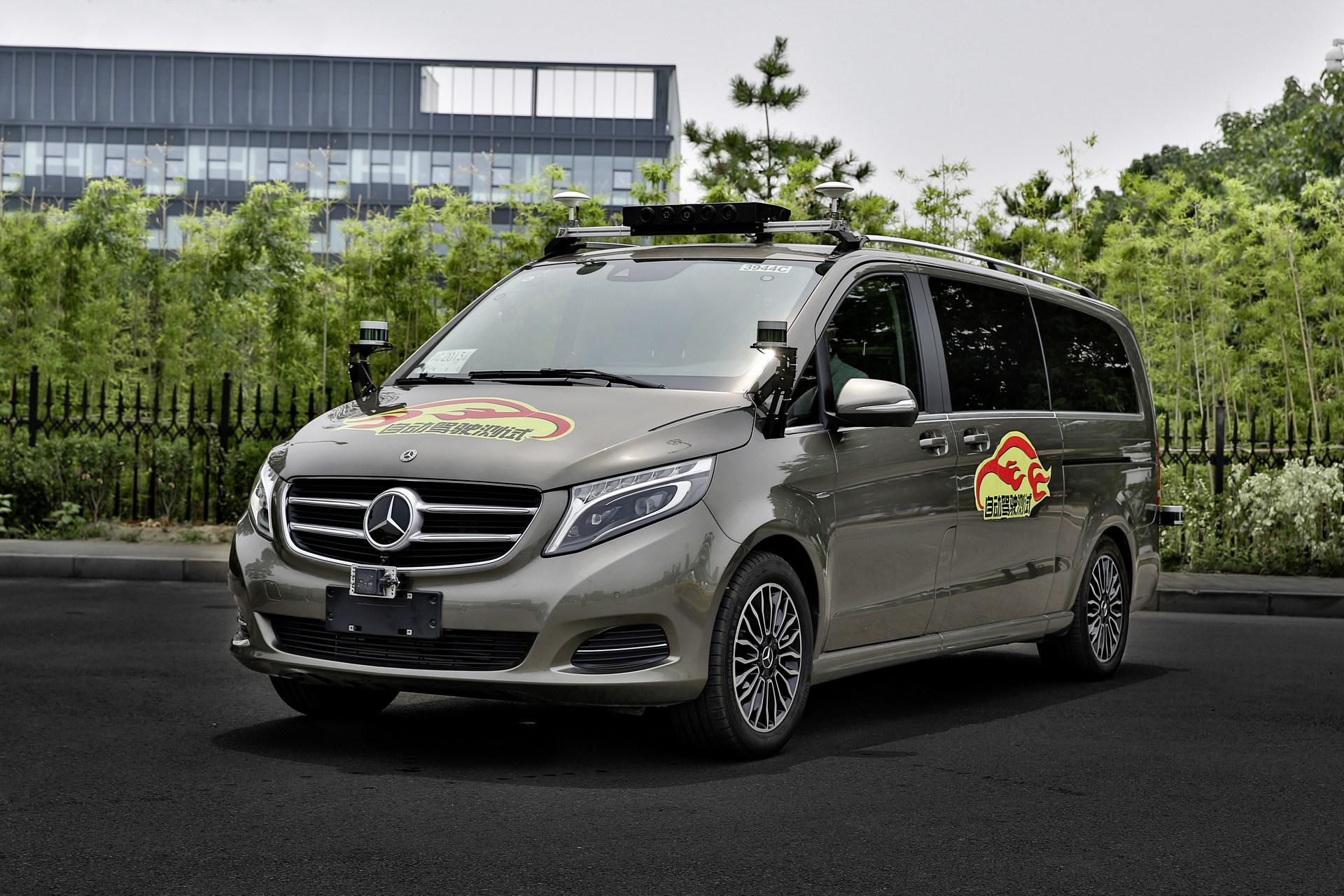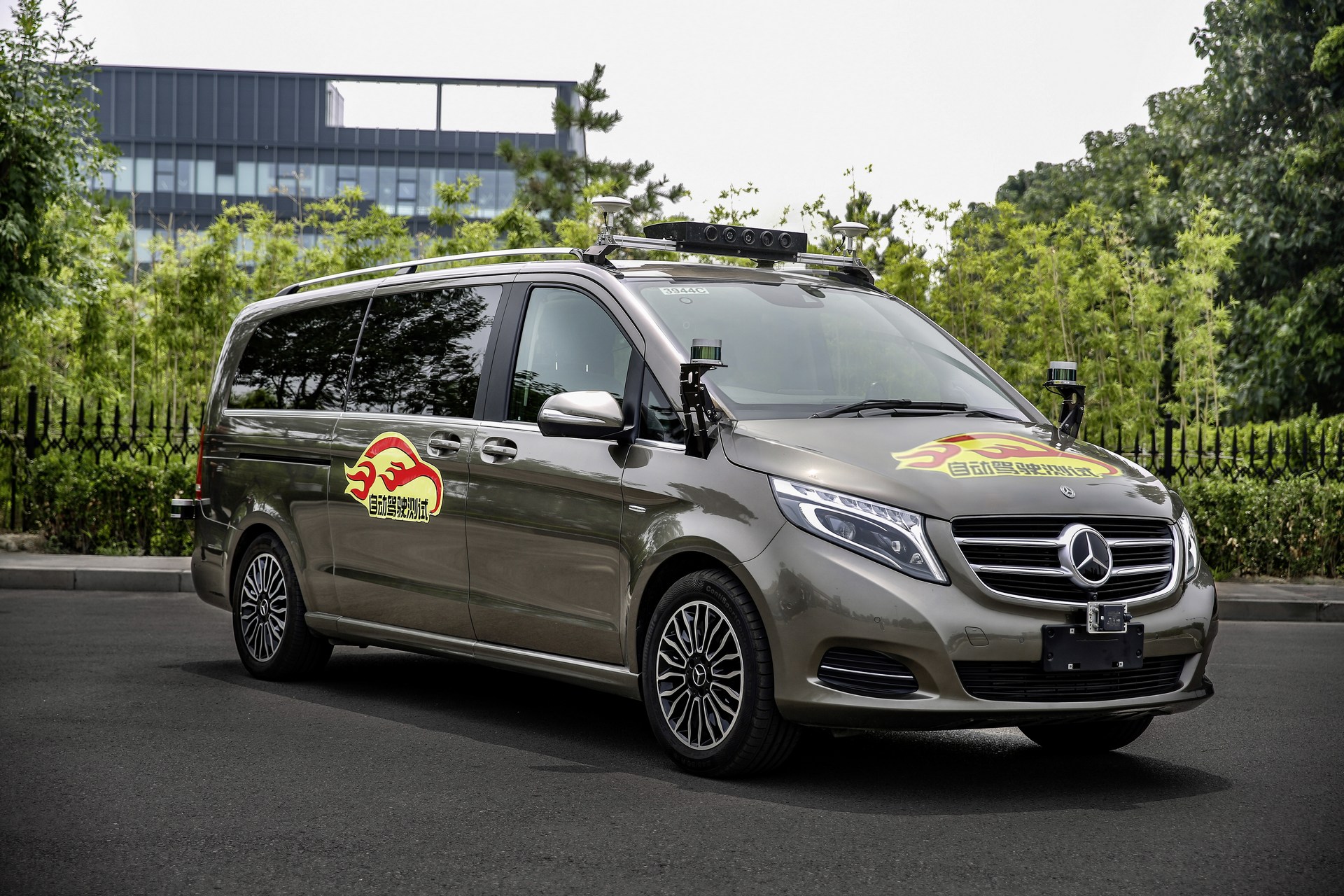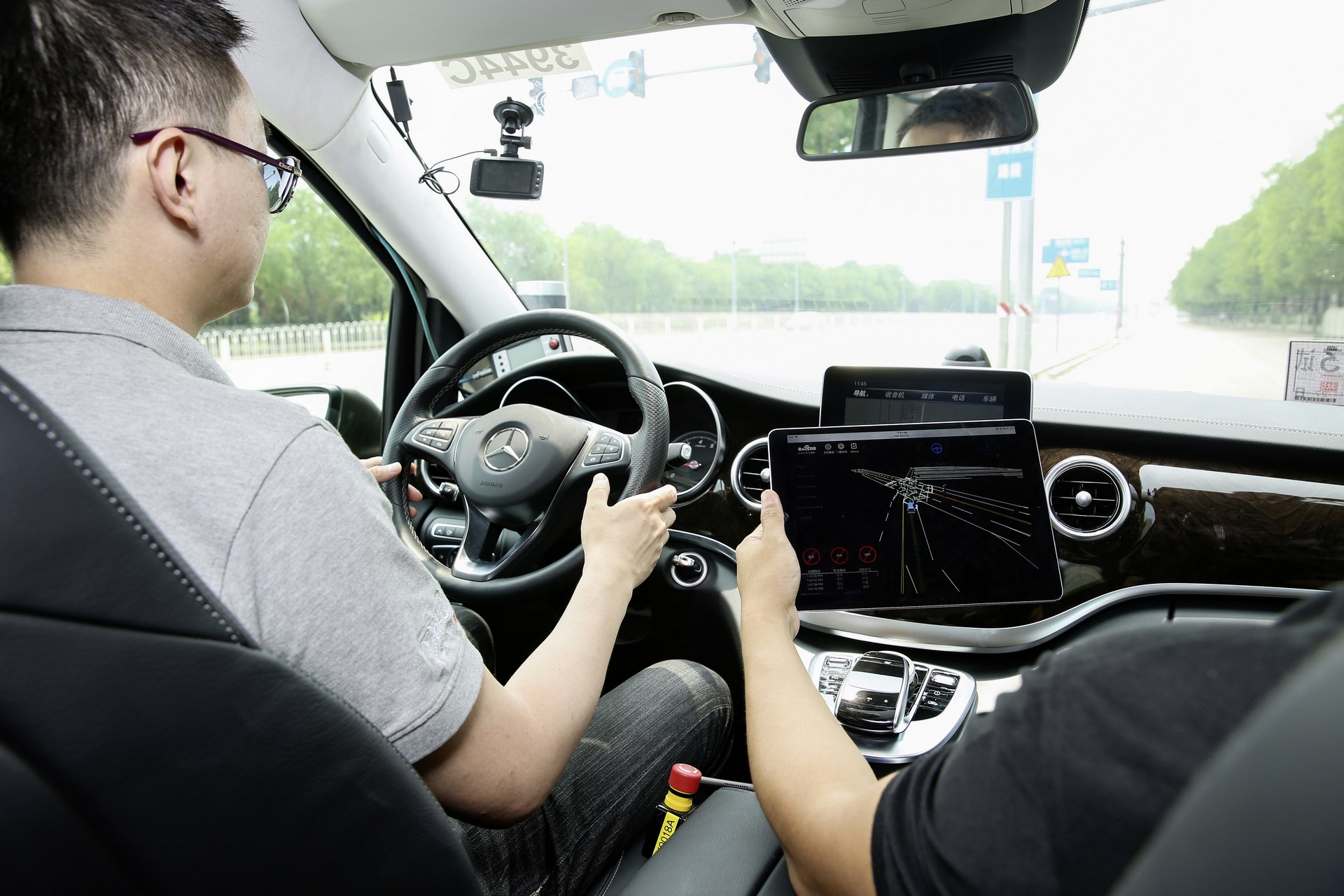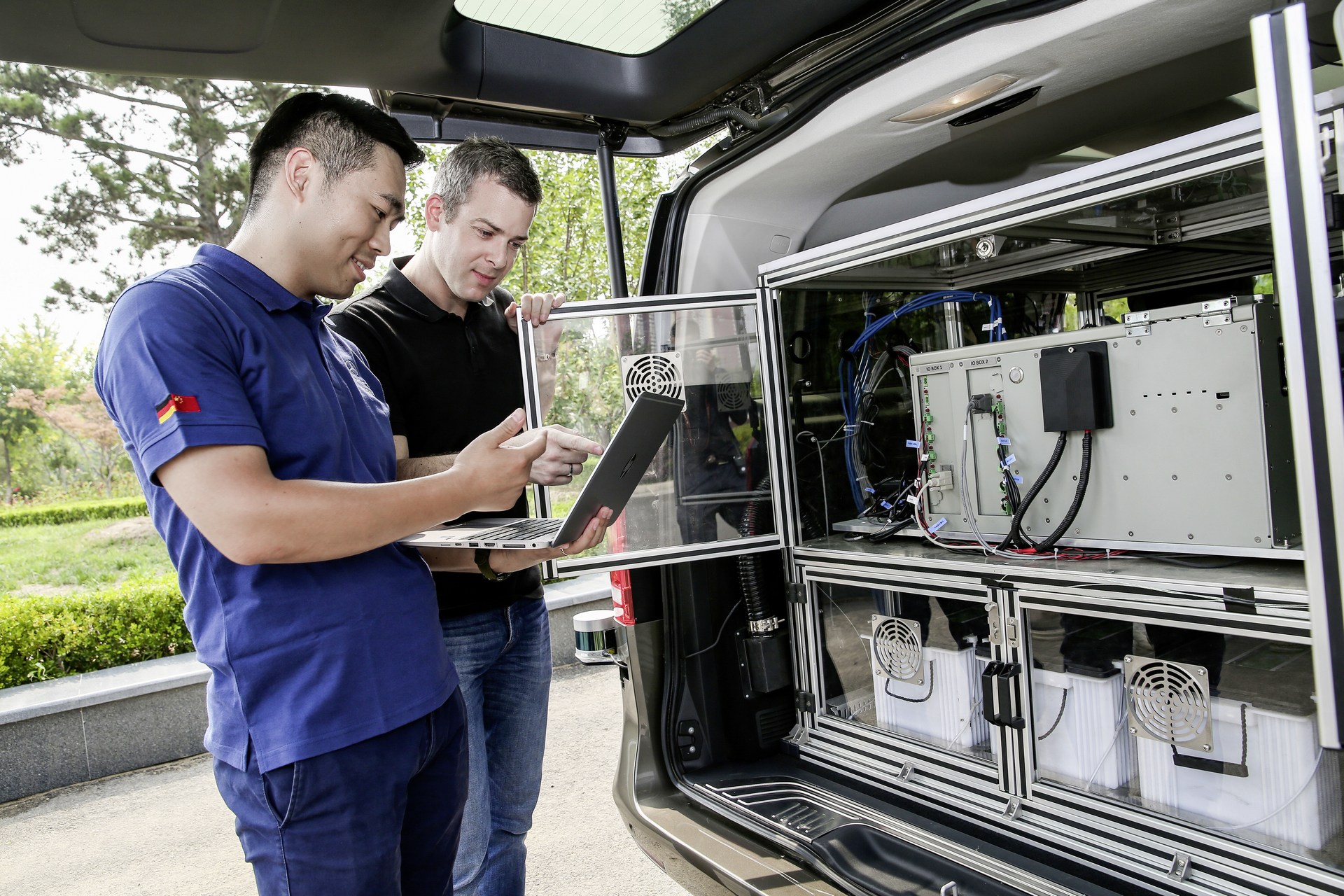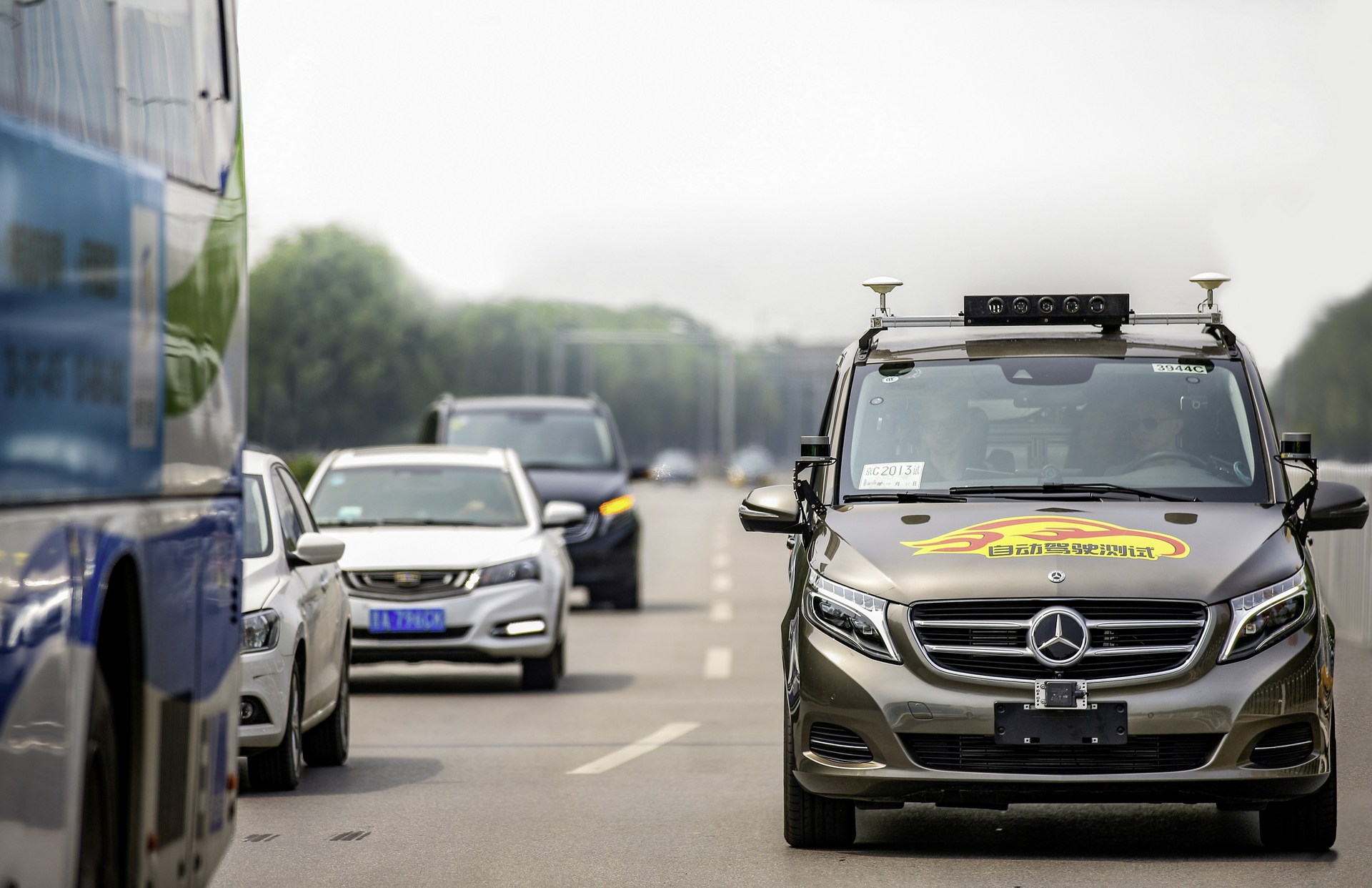Mercedes was one of the early pioneers of autonomous driving technology and the company is inching closer to have fully autonomous vehicles on the road.
While Mercedes isn’t quite there yet, the company has become the international automaker to receive a permit to test Level 4 semi-autonomous vehicles in Beijing, China. The announcement comes after “extensive closed-course testing” and marks a “major new milestone” for the company’s autonomous driving efforts in the country.
As Mercedes explained, urban traffic is one of the biggest challenges facing autonomous vehicles as they have to deal with a number of situations that aren’t present on the highway. Among the challenges are pedestrians and traffic which could turn in front of the vehicle at a moment’s notice.
Mercedes has already received automated driving licenses in Germany and the United States, but the company notes road tests in China will help “further perfect the technology.” Part of this importance is due to Beijing’s “unique and complex urban traffic situations.”
In order to receive its permit in China, Mercedes says its V-Class prototype was equipped with additional “technical applications from Baidu” including its open source Apollo autonomous driving platform. Furthermore, the van has been subjected to numerous tests at the National Pilot Zone for Intelligent Mobility. Safety drivers have also completed a “rigorous” automated driving training program.
Mercedes didn’t say much about the van, but the company has previously announced a partnership with Bosch that aims to put Level 4 and Level 5 autonomous vehicles on the roads by the beginning of the next decade.
While the appeal of a fully-autonomous S-Class shouldn’t be understated, Mercedes research and development boss, Ola Källenius, has downplayed the possibly of seeing Level 4 and Level 5 technology in mainstream models. As he explained last year, the systems are “phenomenally expensive” and will likely cost “tens of thousands of dollars once you get it into production.” As a result, they don’t make much sense for mainstream models but in a taxi, where the system replaces a driver, the business case is much better.




